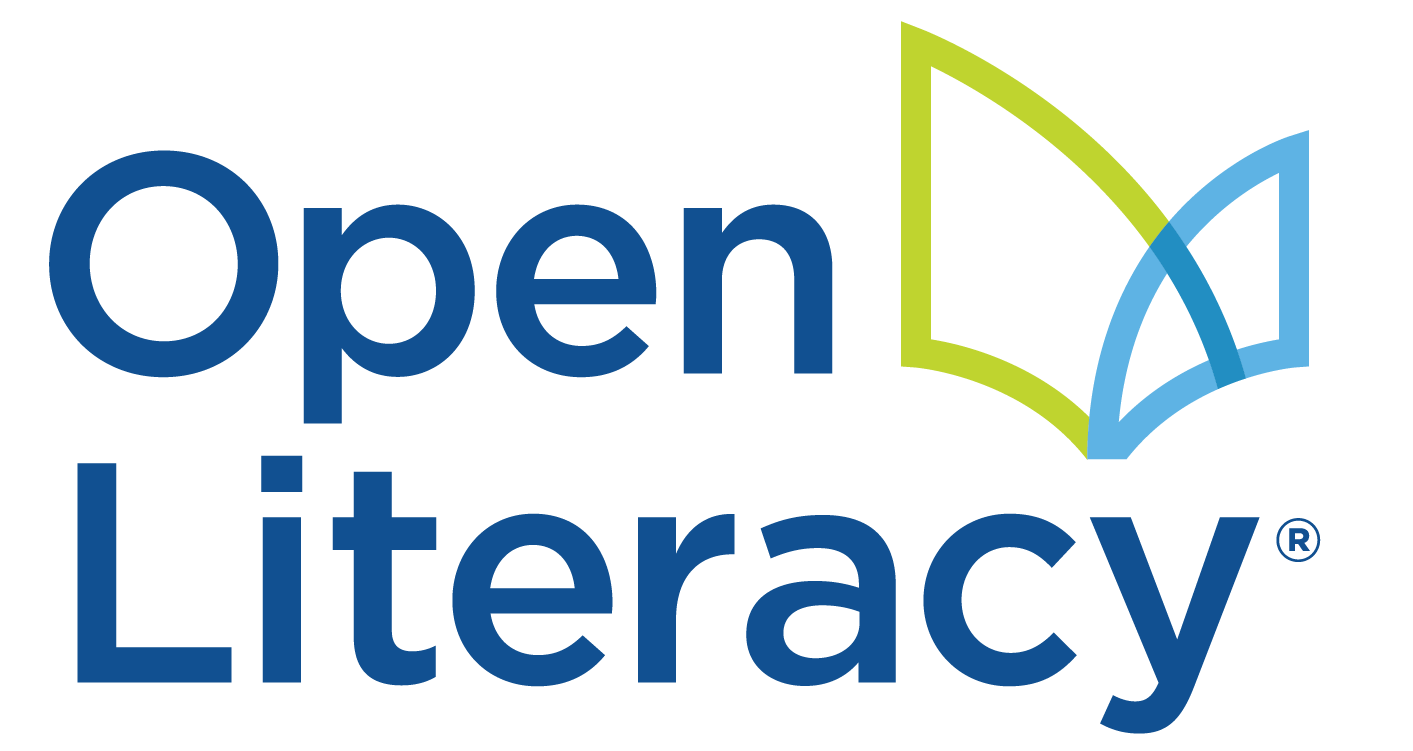What is Phonemic Awareness?
Phonemic awareness is the ability to hear, identify, and manipulate the individual sounds – phonemes – in spoken words. There is overwhelming evidence that young children need really strong phonemic awareness skills as a foundation for beginning reading and writing. In fact, phonemic awareness is so important that it is named as one of the five pillars in the National Reading Panel report. Developing phonemic awareness is a critical stage in a child’s literacy development.
WHY IS PHONEMIC AWARENESS IMPORTANT?
Phonemic awareness is essential for learning to read. If you don’t have strong phonemic awareness skills you cannot decode words. Research has repeatedly demonstrated that a child’s phonemic awareness ability is a strong predictor of success in learning to read and spell. Children who are unable to identify and manipulate the sounds within spoken words typically have difficulty mapping sounds to print and therefore struggle with reading and spelling. In fact, the majority of struggling fourth and fifth grade readers have a phonological processing deficit.
PHONEMIC AWARENESS CAN BE TAUGHT!
The good news is that phonemic awareness can be explicitly taught. Directly teaching children how to hear, recognize, and manipulate the individual sounds in words typically has a positive effect on a child’s reading and spelling skills.
HOW DOES PHONEMIC AWARENESS DEVELOP?
It is important for you to know that there is a developmental trajectory to phonemic awareness, which means that there are easy phonemic awareness tasks, and ones that are more difficult. Children will be able to complete the easier tasks before being successful with more advanced phonemic awareness activities. While development is not always linear, here is a rough outline of how phonemic awareness develops.
1. Identifying a word that matches a target phoneme. This might sound like:
Which word starts with /f/: fish or dish?
Which picture begins with /m/?
Which picture ends with /p/?
*Begin with beginning sounds, then ending sounds, and finally focus on middle sounds.
2. Segmenting and producing isolated phonemes. This might sound like:
What sound does panda start with?
What sound do you hear at the end of moon?
What vowel sound is in the middle of the word sun?
*Begin with beginning sounds, then ending sounds, and finally focus on middle sounds.
3. Blend sounds into words. This might sound like:
What word would you have if you put together the sounds /m/ /a/ /p/?
I’ll say the sounds, then you say the word fast: /sh/ /ee/ /p/.
Say the sounds in a robot voice and say: “I am a robot. Can you help me? Can you tell me what I see? I see a /c/ /a/ /p/.”
4. Segment a word into phonemes
Say the word mat. You need to think about how many sounds you hear in the word sat. What is the sound you hear first? /m/. The sound you hear next? /a/. The sound you hear last? /t/.
Let’s segment a word into it’s sounds. The word is bug. Stretch and say the sounds: /b/ /u/ /g/.
5. Manipulate the phonemes in a word by removing, adding, or substituting sounds. This might sound like:
If you change the /f/ in fish to a /d/, what word do you have?
Change the /o/ in holly to /i/. What word do you have?
Say slight without the /l/.
Phonemic Awareness Deserves Our Collective Attention
The lack of adequate attention to phonemic awareness in younger grades helps us to understand why over 30% of fourth grader readers are substantially below grade level. These readers typically lack strong phonemic awareness and letter-sound skills – often bundled together and referenced as phonological processing skills. And, importantly, this is not a controversial idea. There is a hard-won consensus among scholars and researchers in early literacy about the key role phonemic awareness plays in literacy development.
Never miss a post!
Follow us on Instagram and Facebook
Have a literacy question you’d like answered? EMAIL US
Return to BLOG HOME
